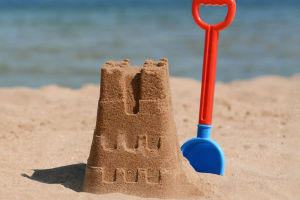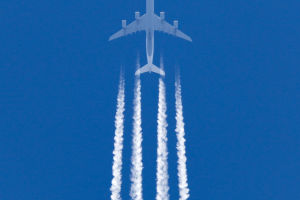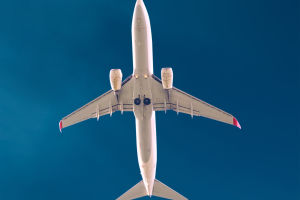Sailing is a watercraft propelled by wind power, following boats and rafts as one of the ancient water transportation tools, with a history of more than 5000 years.
According to the number of masts, sailboats can be divided into single-mast, double-mast, and multi-mast sailboats; according to the hull type, there are flat-bottomed and sharp-bottomed sailboats; according to the bow type, there are wide-head, narrow-head, and sharp-head sailboats.
Sailing was included as a competitive event in the 2nd Olympic Games in 1900. As a recreational activity, sailing originated in the Netherlands in the 16th to 17th centuries. In the 19th century, countries such as England and the United States established sailing clubs successively, and in 1870, the America's Cup sailing race was held, crossing the Atlantic.
The competition takes place on open seas, with the course consisting of three buoys forming an equilateral triangle, and each segment of the course is no less than 2 to 2.5 nautical miles in length. The race involves sailing around marks, with commands communicated using international signal flags; a red flag indicates rounding the mark clockwise, a green flag indicates rounding the mark counterclockwise, and a "P" flag indicates a 5-minute preparatory signal.
Failure to round marks as specified is considered incomplete racing; hitting a mark results in a penalty of a 360° turn around that mark; colliding with another boat results in a penalty of a 720° turn in place. The competition consists of 7 races, with the total score calculated from the best 6 races.
Many people often think of sailboats as being pushed by the wind. Wind power acts on the sailboats in two forms, with the primary power source of a sailboat being the so-called "Bernoulli effect." We know that when air flows rapidly, objects blocking it from the front experience air pressure, known as dynamic pressure. When a sailboat sails downwind, the dynamic pressure of the air on the sail propels the sailboat forward.
According to the Bernoulli principle of "increased flow velocity, decreased pressure," when air flows in one direction, the force it exerts laterally decreases relatively. This means that where the gas flow velocity is higher, the dynamic pressure is greater, and the static pressure is lower.
Conversely, where the gas flow velocity is slower, the dynamic pressure is lower, and the static pressure is greater. Thus, areas of slower gas flow generate lateral pressure on areas of faster flow, known as static pressure. When sailing into the wind, the boat is propelled forward by the wind's static pressure.
The generation of static pressure on the sail is mainly due to the sail having a curved shape like an aircraft wing. By comparing the cross-section of the sail with that of an aircraft wing, we can see their similarities. When airflow passes through the sail or wing because the airflow above the wing or sail's front has to travel a longer distance to meet the airflow below the wing or sail's rear, the flow velocity increases, creating different flow velocities in the front and rear of the sail or wing.
The pressure at the slower flow is greater than the static pressure at the faster flow, creating a pressure difference that generates lift on the wing and propels the sail forward.
In the sailing voyage, the fusion of wind and sail not only brings speed and power but also becomes an art form, a harmonious experience with nature. May the sails of sailboats continue to soar on the ocean, stirring up people's pursuit of freedom, courage, and wisdom, allowing us to collectively appreciate the charm of this ancient yet vibrant sport.


